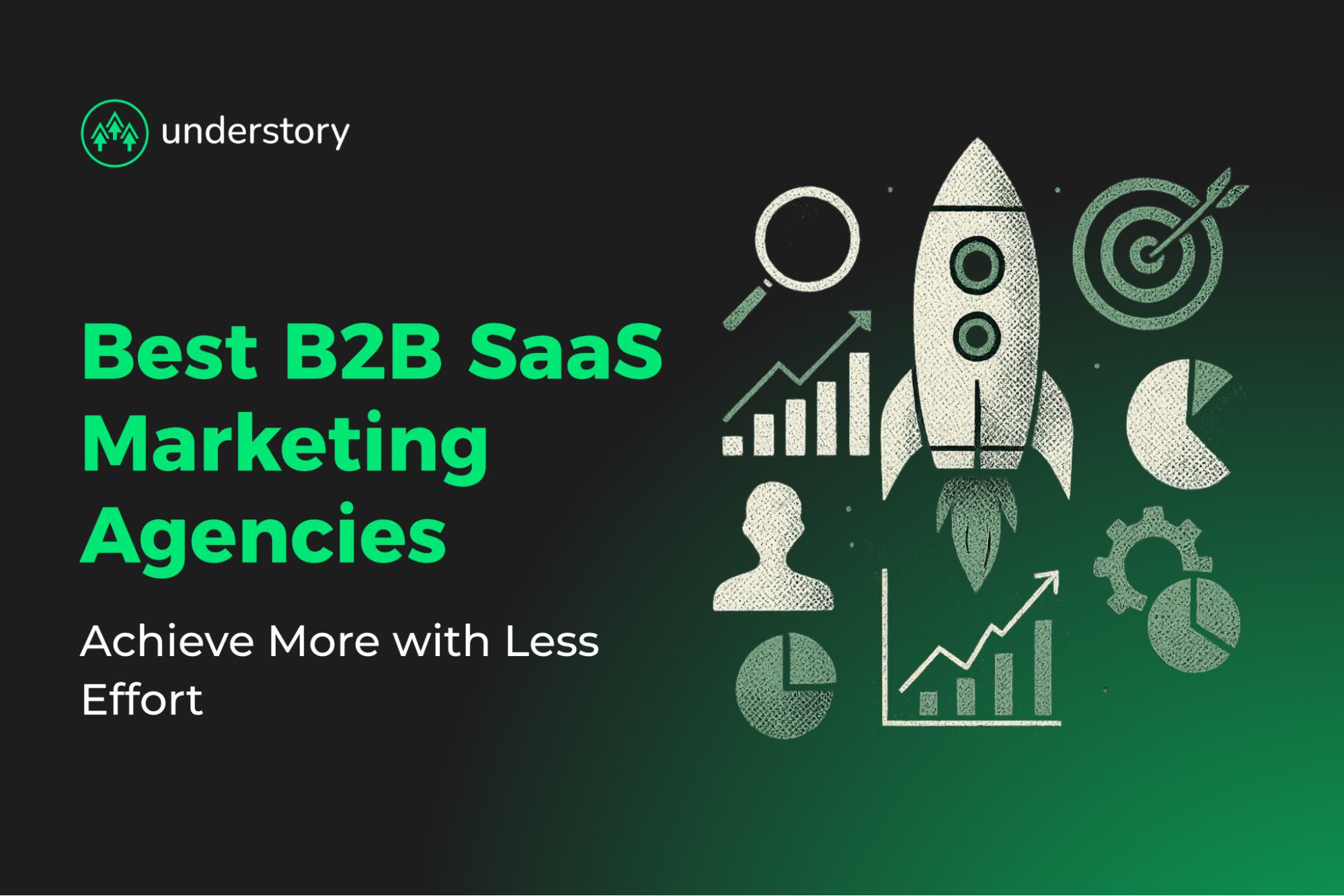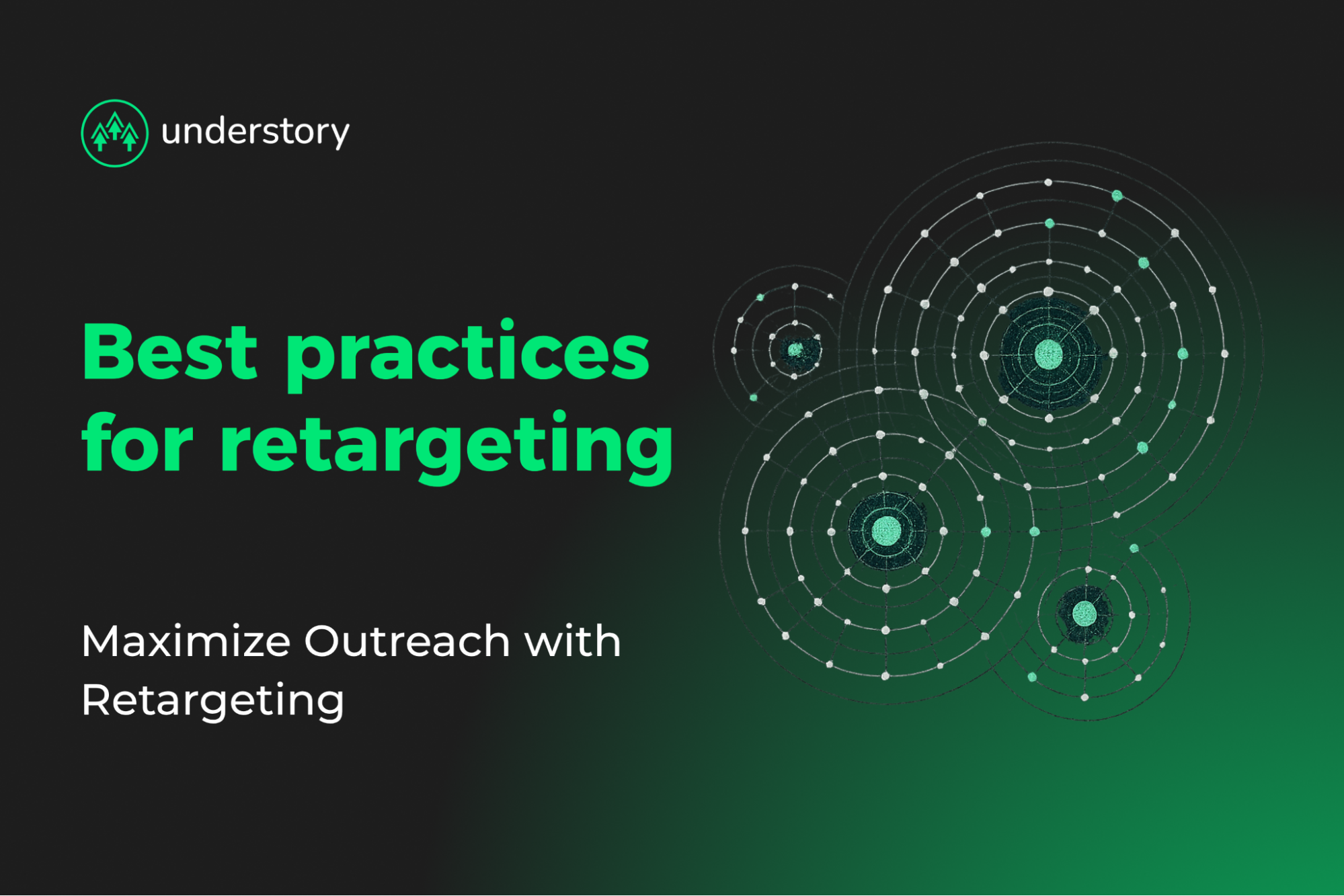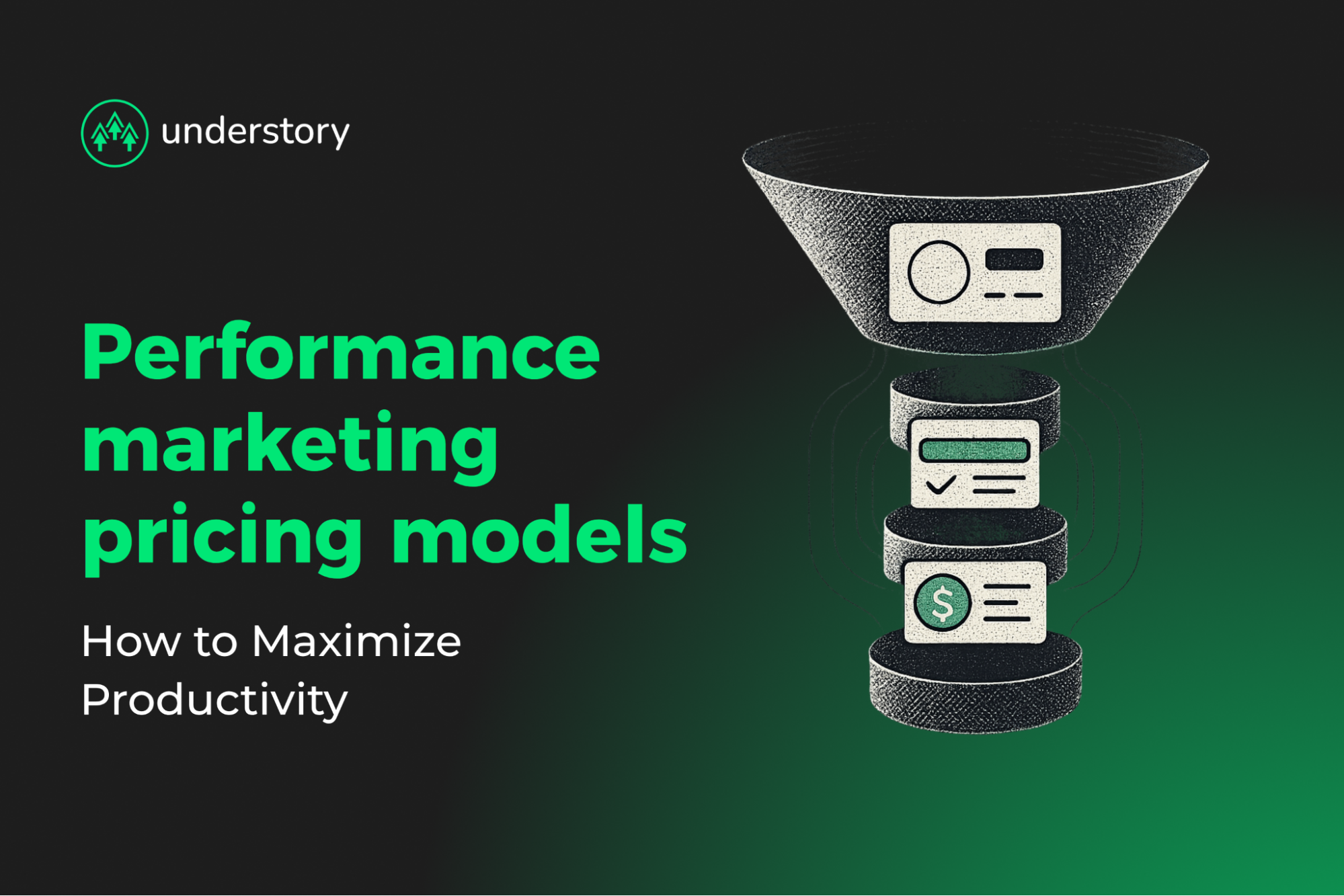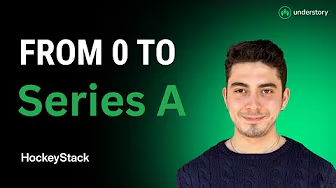

How to create a messaging framework: A 7 step guide
Keep your branding consistent and impactful by creating a unified messaging framework for sales, marketing, and customer success teams.
Inconsistent messaging not only looks sloppy, it costs you future customers. Your marketing team promises one thing, your sales deck says another, and your customer success emails contradict both. SaaS buyers notice this coordination failure immediately and lose trust.
A messaging framework addresses this problem by giving every team one source of truth, consistent wording to provide potential customers a cohesive experience. It's the system behind every headline, deck, and demo that is created once, reused everywhere, and refined over time without extra meetings or alignment calls.
In this seven step framework you will find how to move from audience definition to channel-specific execution and ongoing testing, creating a framework that guides every campaign without endless coordination meetings.
Step 1: Define and segment your audience
Impactful messaging starts with knowing your target audience. Know exactly which buyers feel the pain your product solves. Everything else is noise.
Nailing your buyer personas lets you write copy that lands on the first scroll instead of the fifth meeting. SaaS companies that base messaging on clear personas see higher engagement and faster deal velocity across the customer journey.
Build personas by combining qualitative insights with hard usage data:
- Interview best-fit customers to uncover friction points
- Review CRM win/loss notes for patterns
- Analyze product usage to identify where value clicks
- Layer in journey maps to track where each persona discovers, evaluates, and expands
Create living profiles any marketer, SDR, or customer-success rep can use to deliver a consistent pitch.
Document these essentials: core pain points and daily triggers, decision criteria and buying committee influence, competitive alternatives being used or considered, and success metrics such as time saved or revenue protected.
Keep personas concise. Here's an example:
Persona: Riley, RevOps SpecialistPain Trigger: Pipeline reports stitched together in spreadsheets every MondayWinning Message: "Automate revenue forecasting in 90 seconds, no sheets, no scripts."
Specify personas by technical literacy. Engineers focus on API depth and security, while VPs care about TCO and compliance. Avoid blending roles or stopping at demographics. Grounding claims in real persona insights ensures your messaging resonates and simplifies the rest of your framework.
Step 2: Clarify your value proposition
Your messaging converts only when SaaS buyers immediately see how your product solves their specific scaling challenges. A clear value proposition forms the foundation for every conversation.
Think about value on three levels:
- Functional: The concrete job your software does, such as automating revenue forecasts
- Emotional: The feeling it creates, like giving finance teams confidence at quarter-end
- Strategic: The bigger business outcome, such as unlocking predictable growth without extra headcount
Combine the value proposition with your audience personas into a simple formula: "For [audience], we deliver [solution] that achieves [benefit]."
Focus on outcomes first, features second:
Strong: "For RevOps leaders drowning in spreadsheets, ForecastPro automates pipeline projections so you spot revenue risk six weeks earlier."
Weak: "ForecastPro is a robust, AI-driven platform with advanced dashboards and enterprise-grade security."
Test it. If someone outside your company can repeat it after hearing it once, you're on track.
Audit the value proposition of competitive alternatives buyers already use. Identify gaps only your product fills. Back up each gap with evidence: ROI benchmarks, customer quotes, or usage metrics. For example, "Teams cut manual reporting time by 64%" immediately grounds your promise in evidence.
Regularly review your value proposition with marketing, product, and success teams. Aligning promises with roadmap updates ensures credibility and strengthens every asset.
Step 3: Establish 3 to 5 core messaging pillars
Your value proposition only sticks when anchored to memorable themes. These 3 to 5 statements translate product benefits into business outcomes that matter to buyers, giving every marketer, seller, and CSM the same playbook.
A strong pillar meets three tests. It addresses a priority pain in your ideal customer profile, reinforces your value proposition, and proves itself with data, customer quotes, or benchmarks. Anything that doesn't meet these criteria becomes supporting copy.
Start by reviewing recent customer interviews, win/loss notes, and product usage analytics. Cluster recurring themes and stress-test them against competitors' claims. Identify ideas your product can own uniquely and credibly.
Attach evidence to each pillar. Keep in mind, social ads benefit from metrics. Call scripts perform better with brief customer quotes.
Example for a hypothetical RevOps SaaS:
- Pillar 1: "Single Source of Truth for Pipeline Health," supported by an Ops lead testimonial showing how teams reconcile CRM and BI data in minutes instead of hours
- Pillar 2: "Automation Without Engineering Tickets," backed by a demo recording of a no-code workflow built in 90 seconds
- Pillar 3: "Forecast Accuracy Your CFO Trusts," validated by analyst benchmarks comparing ±3% variance against legacy spreadsheets
Test resonance through A/B headlines, paid media variations, or user panels. Keep the pillars that stick in buyers' minds after 24 hours and discard the rest. With this process, every touchpoint reinforces the same story, boosting recall and close rates.
Step 4: Map messages to the funnel
Your messaging framework should mirror the customer journey, with each stage requiring different copy, proof points, and KPIs. Structure your messaging across three distinct funnel stages:
Top of funnel: Grab attention and help prospects recognize a problem. Focus on the pain and hint at a solution, using light social proof like a single stat or trend. Example: "Manual scheduling steals five hours a week. See how high-growth teams reclaim that time." Click-through rate (CTR) is the key metric here.
Middle of funnel: Prospects are actively comparing options. Messaging should climb from problem to solution, positioning your category rather than your brand. Optimize for demo or trial requests and include moderate proof, like short testimonials or benchmarks, without overwhelming the story. Example: "Automated scheduling eliminates back-and-forth emails and integrates with your current calendar stack."
Bottom of funnel: Focus on your product with clear ROI, risk reduction, and measurable outcomes. Track win rate and sales-cycle length, and include heavy proof such as full case studies or quantified results. Example: "Teams deploying our scheduler cut no-shows by 42% and close deals faster."
Different stakeholders need tailored messaging at each stage. Technical evaluators want API details in the middle of the funnel, while economic buyers want total cost of ownership at the bottom.
Layer problem, solution, and product messaging while scaling proof as prospects move along the journey to maintain momentum, alignment, and shorter sales cycles.
Step 5: Adapt for each channel
Your core story only drives growth if it appears consistently each time prospects encounter it. This means translating your value proposition for each channel while keeping the central promise intact.
Prospects meet your messaging across websites, landing pages, digital ads on Google and LinkedIn, outbound email sequences, sales decks and demo scripts, and social media posts. Each touchpoint requires the same promise delivered in a way that fits the format and audience mindset.
Maintaining consistency while adapting tone comes down to three factors: mindset, format, and space.
Website visitors are in research mode and likely ready for detail, while someone scrolling LinkedIn skims quickly. The goal is to tighten the angle without losing the claim. For example, a core message like "Automate invoice approvals and cut monthly close time by 50%" can be adapted across channels:
- Website hero: "Close the books 2× faster with automated invoice approvals."
- LinkedIn ad: "Finance teams, slash close time by 50%. See how in 30 seconds."
Character limits, visual hierarchy, and competitive context guide these adaptations. Build a centralized copy bank in your CMS or shared workspace to store approved headlines, snippets, and proof points tagged by channel and funnel stage. Teams can copy-paste with confidence, keeping every outbound touch on-brand.
Even technical documentation and customer success emails should reinforce the same outcomes in tone and level of detail appropriate to the audience. When every line echoes your value, prospects experience a coherent story and move through the journey faster.
Step 6: Align teams and operationalize
Turn your messaging framework into a working system by assigning clear owners, setting up the right tools, and scheduling regular updates.
Start with a cross-functional workshop that brings marketing, sales, product, and customer success together. Pressure-test each pillar, then lock the results into a single source of truth so teams can reference it in real time.
Convert the framework into role-specific guides to eliminate coordination time:
- Sales teams can save key talking points and objection responses in their tools, using them in calls with one click
- Marketing can add approved copy blocks into the CMS, ensuring no landing page goes off-message
- Customer success teams get playbooks mapping core messages to renewal and upsell conversations, helping reps close deals with confidence
Maintain a quarterly "message refresh" check-in where marketing shares fresh, on-brand creative, sales shares call insights, and product preview updates. Update your framework documentation promptly whenever features or market conditions change.
Embedding the framework into onboarding through primers, role-play, and gated collateral ensures new hires speak the same language by their second customer interaction. Keep the feedback loop tight, using frontline input and analytics from CRM win/loss notes and A/B tests. This discipline keeps the messaging framework fresh, aligned, and consistently delivering a coherent story to every prospect.
Step 7: Test, measure, and iterate
A messaging framework only proves its value when it drives higher conversions and shorter sales cycles. Focus the first 90 days after rollout on structured testing.
Start with your highest-impact assets. Test LinkedIn ad headlines, try alternative outbound email openers, or experiment with different hero sections on landing pages. Small A/B tests show which angles resonate without confusing your audience.
Track one clear metric per test:
- For paid campaigns, measure click-through rates
- For outbound emails, track reply rates
- For landing pages, monitor scroll depth
- At the strategic level, watch win rates, cost per lead, message recall from customer surveys, and average sales cycle length
Top-performing SaaS teams maintain unified dashboards so everyone can see if new messaging accelerates deals or causes friction.
Use a 30-60-90 day testing roadmap:
Day 30: Set baseline metrics, launch three A/B tests, and align sales on testing hypotheses.
Day 60: Scale winning variants, eliminate underperformers, and add persona-specific messaging drawn from customer calls and support tickets.
Day 90: Run a cross-functional retrospective, compare pre- and post-framework KPIs, standardize proven messages, and update your living framework document.
Schedule monthly performance reviews and quarterly strategic refreshes. Small tweaks reduce friction, while major updates align with new target segments, product pivots, or market changes. Treat optimization as an ongoing process, not a one-off project, to ensure your messaging consistently converts from first click to renewal advocacy.
Partner with Understory to create your messaging framework
A unified messaging framework works best if every channel delivers it consistently. A significant challenge most SaaS companies face is coordinating multiple vendors across paid media, outbound, and creative while maintaining that consistency. When specialists work in silos, your carefully crafted messaging falls apart in execution.
At Understory, we partner with you to embed your consistent messaging into every LinkedIn ad, sales sequence, and welcome email, ensuring prospects experience one coherent story from first click to renewal. You focus on strategic SaaS growth decisions while we handle daily orchestration, rapid testing, and iterative improvements.
Ready to create consistent messaging across every channel? Partner with Understory for your cohesive allbound marketing strategy.




